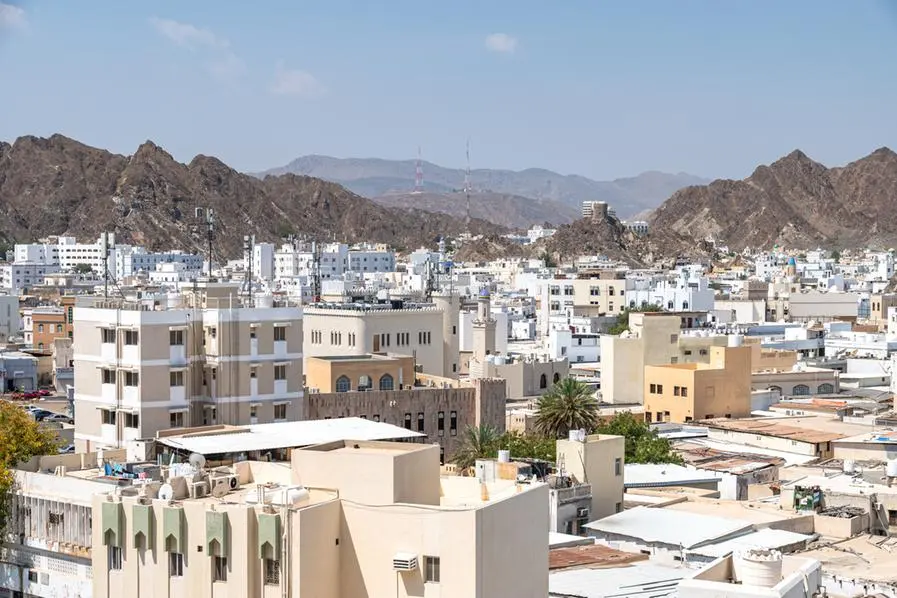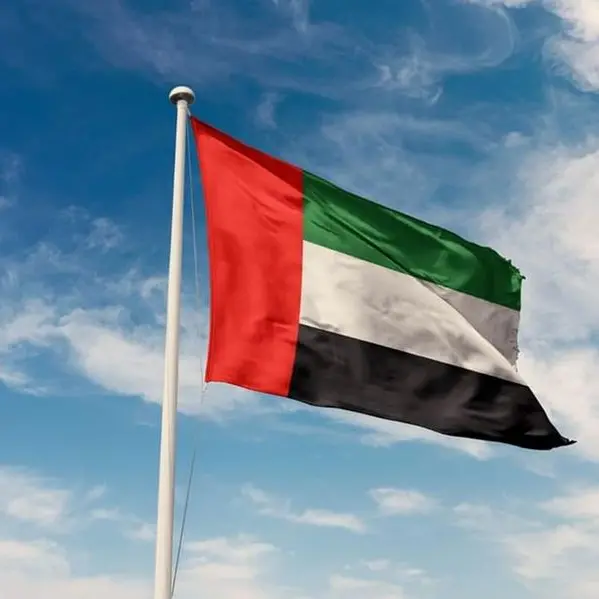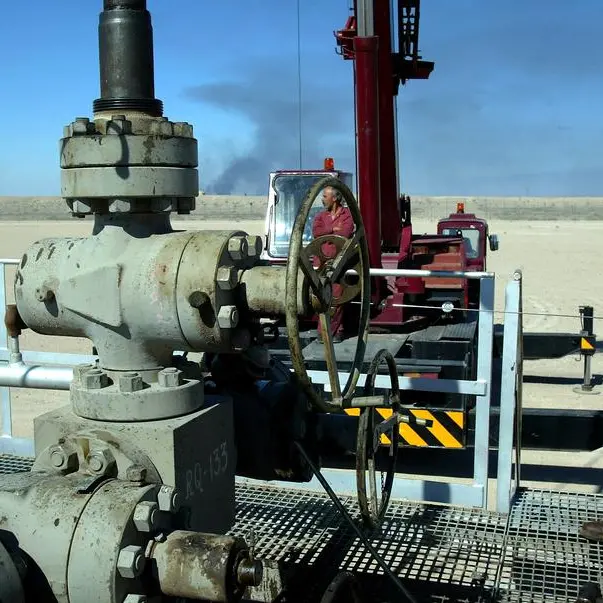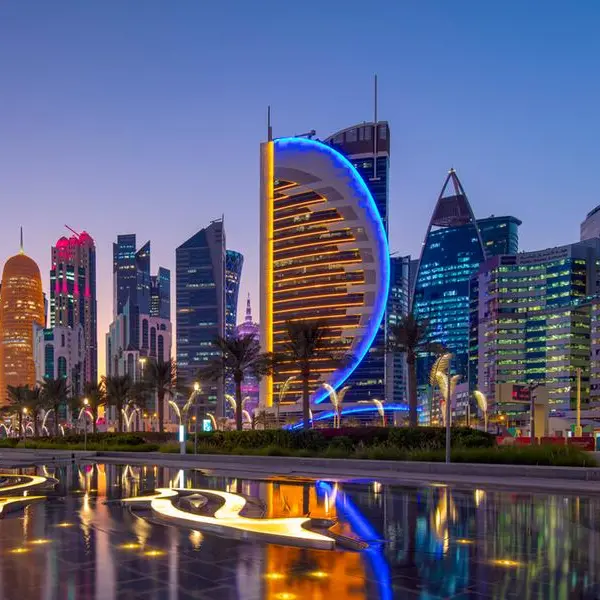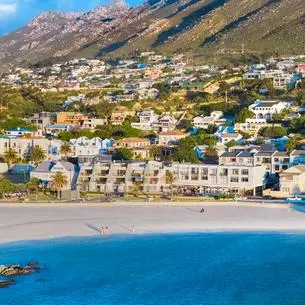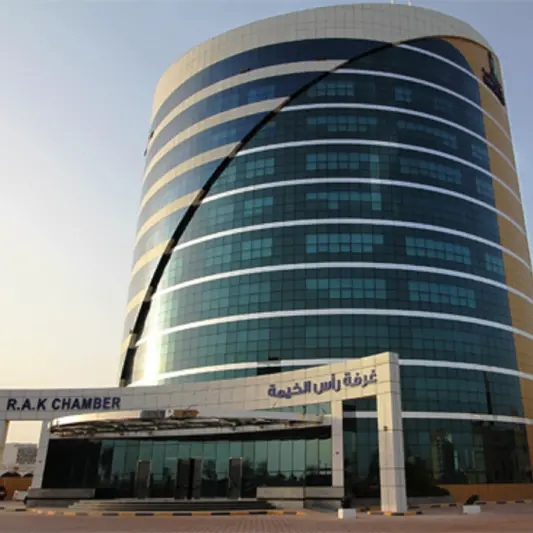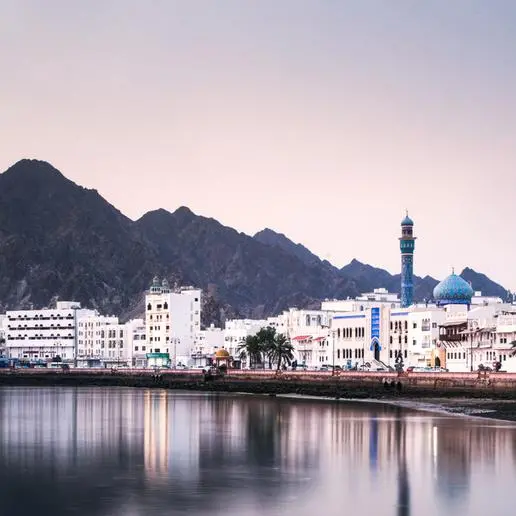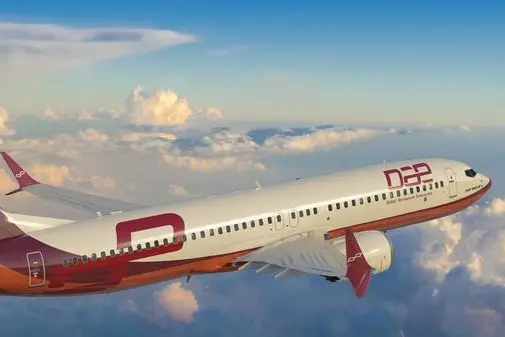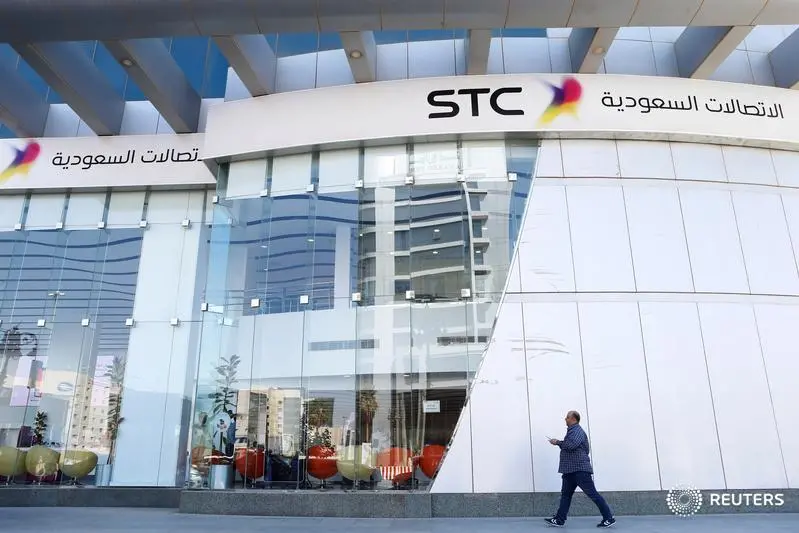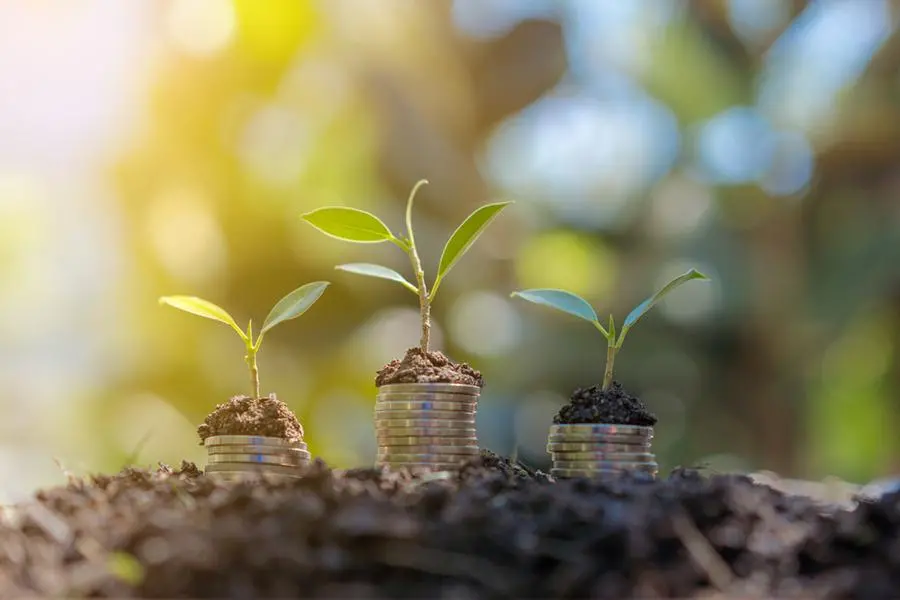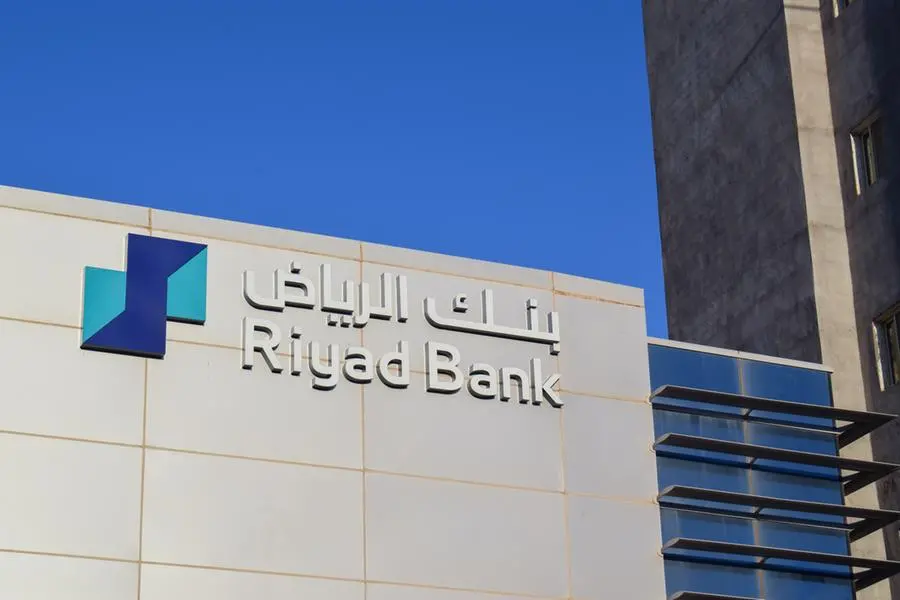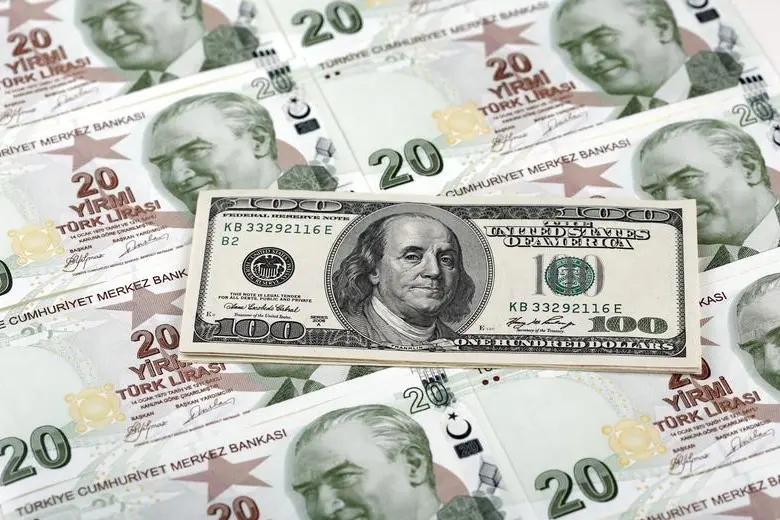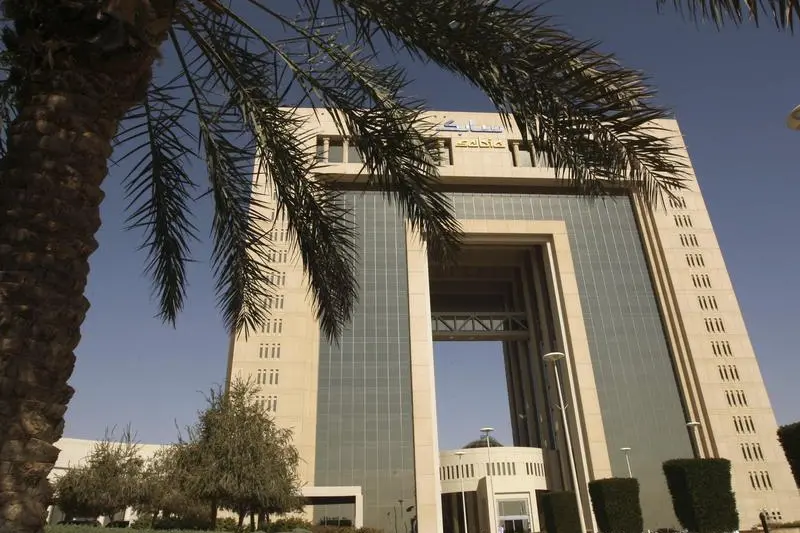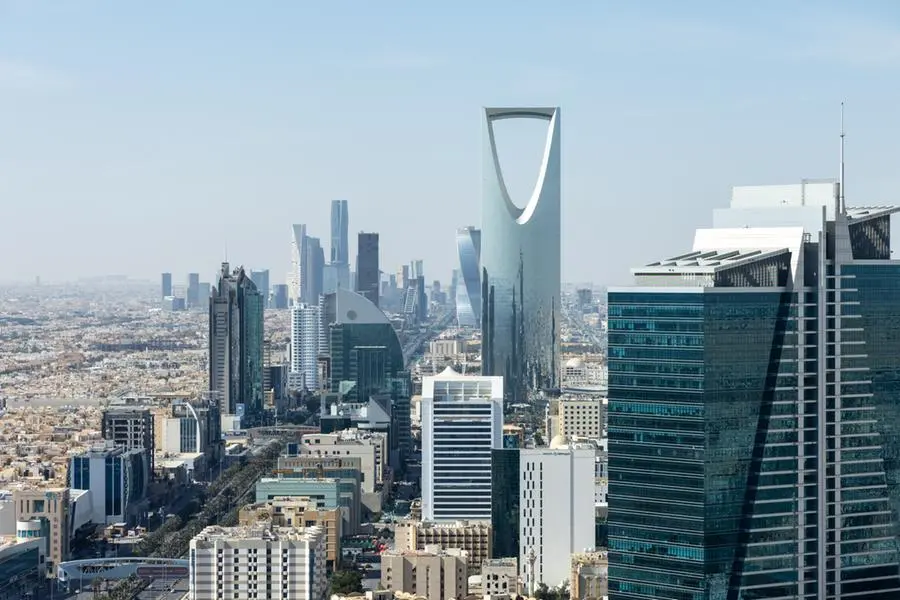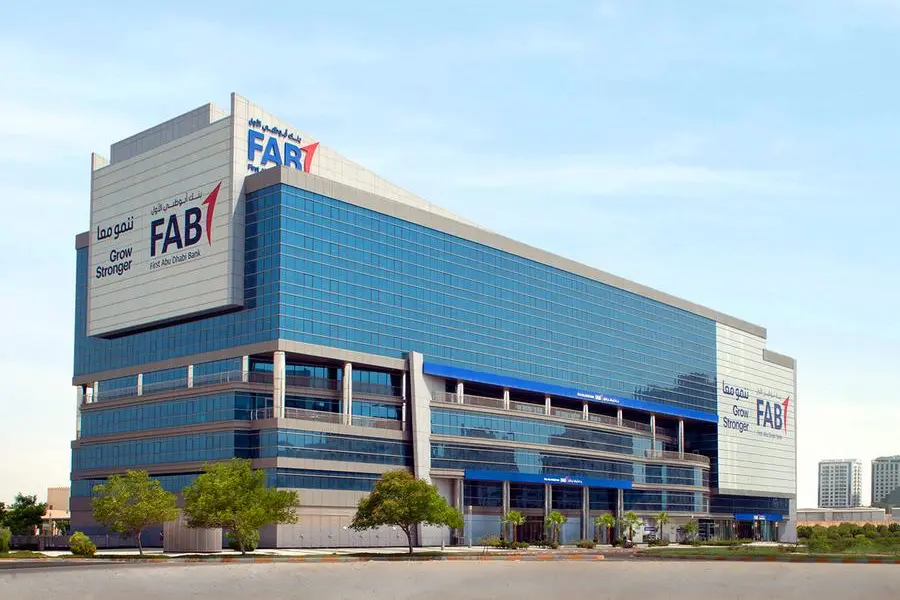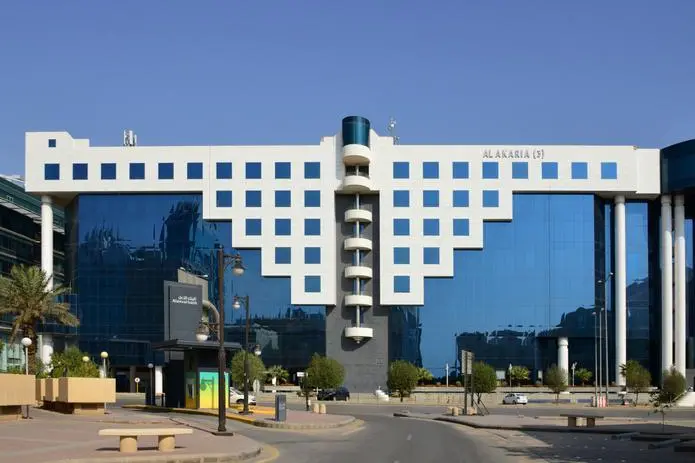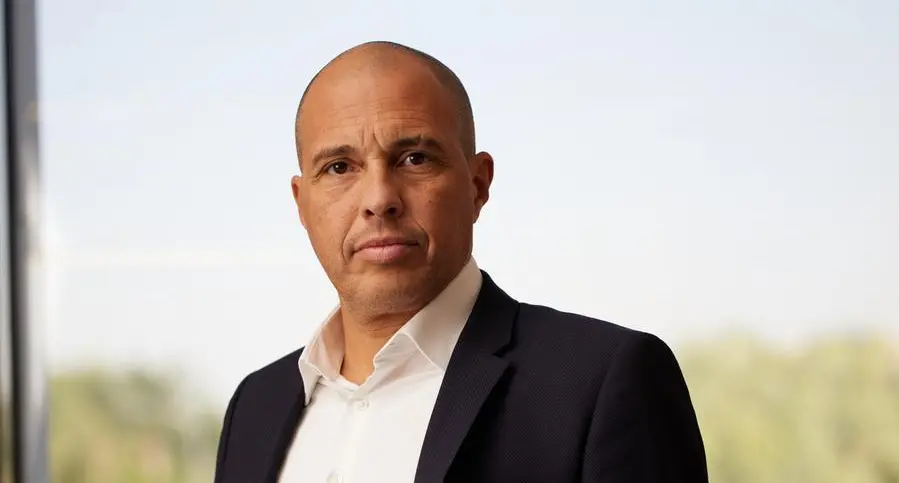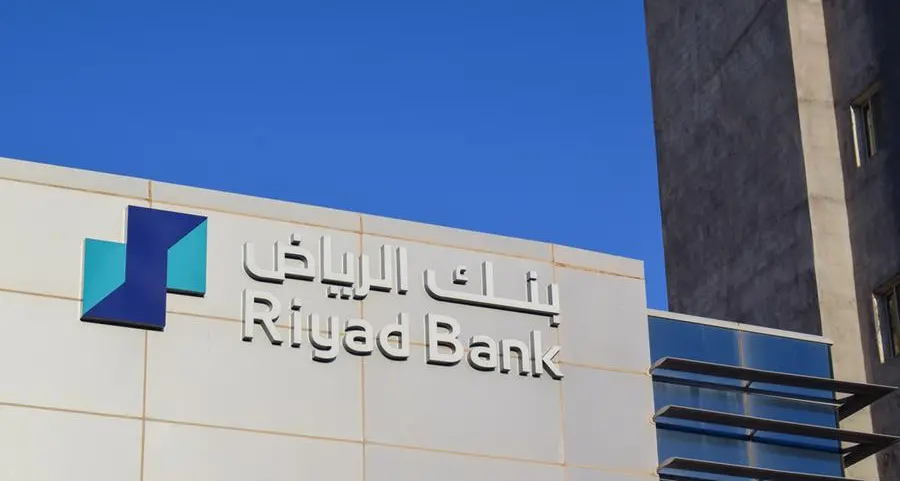PHOTO
As global competition for leadership in clean energy intensifies, Oman’s Special Economic Zone at Duqm (SEZAD) is quietly pivoting towards a new future — one defined by green hydrogen, industrial decarbonisation and smart urban development.
Beyond the headlines of multibillion-dollar investments, the April 2025 issue of Duqm Economist magazine reveals deeper, more strategic shifts that merit close attention — and serious reflection.
At stake is not merely Duqm’s industrial growth, but Oman’s ability to secure its place in an increasingly carbon-conscious global economy. The question is no longer whether Oman should transition; it is whether it can move swiftly enough to capture opportunities before others do.
Traditionally known for hydrocarbons logistics, Ras Markaz Oil Storage Terminal is undergoing a quiet transformation. According to the magazine, future expansions will enable the terminal to handle green hydrogen and ammonia exports, making it a dual-purpose hub straddling both fossil fuels and the energy sources of tomorrow.
This is more than infrastructure diversification — it represents a profound strategic recalibration. Global demand for clean hydrogen is forecast to grow exponentially by 2030, particularly from Europe and East Asia. By positioning Ras Markaz for green energy exports, Oman is laying the groundwork to secure a share of these emerging supply chains — competing with early movers like Saudi Arabia’s NEOM and Australia’s hydrogen hubs.
Parallel to this, Duqm is preparing to host Oman’s first industrial-scale carbon capture and storage (CCS) projects. Early planning stages suggest that new green steel and ammonia plants will integrate CCS technology from inception, offering products with substantially lower carbon footprints.
In a world increasingly driven by emissions accounting — where carbon intensity is becoming as important as cost — this could give Omani exports a critical competitive edge.
One of the most promising, but under-reported, initiatives is SEZAD’s effort to anchor Oman’s local economy within its green transition.
Rather than limiting benefits to large foreign companies, new programmes aim to integrate Omani SMEs into supply chains, particularly in technical services, maintenanceand auxiliary industries linked to green hydrogen and steel.
If executed effectively, this could catalyse the development of a domestic green industrial base — creating sustainable jobs, nurturing technological capabilities and reducing Oman’s import dependence in key sectors.
This localisation effort contrasts sharply with earlier models of economic zones, which often saw limited trickle-down benefits to the national economy. It signals a maturing industrial strategy: one focused on building economic ecosystems, not just infrastructure.
Another major, but less publicised, aspect of Duqm’s transformation is its urban expansion plan. OPAZ envisions a livable smart city — not merely an industrial outpost — complete with residential areas, healthcare services, educational facilities and tourism attractions.
This urban development approach serves multiple strategic purposes. It makes Duqm more attractive to skilled workers and foreign investors seeking quality living standards. It supports Oman’s demographic strategy to spread population growth beyond Muscat. And crucially, it diversifies economic activities beyond heavy industry, building resilience into Duqm’s long-term growth model.
The creation of a vibrant urban centre in Duqm would align Oman with global best practices, where economic zones evolve into full-fledged cities — as seen in places like Singapore’s Jurong or Dubai’s Jabal Ali Free Zone and its surrounding residential hubs.
Oman’s pivot at Duqm reflects both strategic vision and hard economic necessity. The global shift towards clean energy, green finance and ESG (Environmental, Social and Governance) standards is irreversible. Markets are already pricing carbon intensity into financing terms, trade agreements and investment flows.
Countries that act decisively — building green industries, lowering emissions and ensuring local participation — will attract capital, talent and partnerships. Those that move slowly will face shrinking markets for carbon-intensive exports, rising financing costs and competitive marginalisation.
Duqm’s ongoing transformation offers Oman a rare second-mover advantage: learning from global pioneers, avoiding costly missteps and positioning itself as a pragmatic, cost-effective green economy player.
However, time is not on Oman’s side. The race is accelerating, and Duqm’s strategic initiatives must translate into visible outcomes — operating CCS plants, exporting green hydrogen, building thriving SME clusters — within the next five years to secure their intended benefits.
Duqm is no longer just a symbol of Oman’s industrial ambition; it is becoming a bellwether for the country’s broader economic future.
Its success or failure will offer early signals about whether Oman can transition from a hydrocarbon-dependent economy to a resilient, low-carbon, diversified growth model.
The blueprint revealed by Duqm Economist magazine is promising. Now, the challenge lies in execution — and speed.
If Duqm succeeds, Oman will not just participate in the future global economy — it will help shape it.
2022 © All right reserved for Oman Establishment for Press, Publication and Advertising (OEPPA) Provided by SyndiGate Media Inc. (Syndigate.info).
